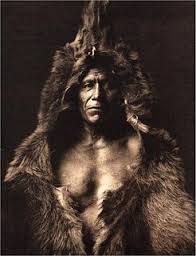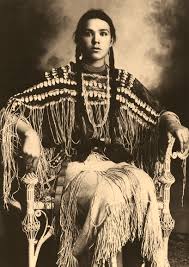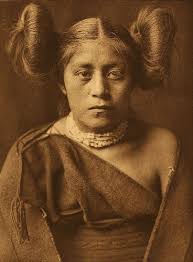In 1900, photographer Edward Curtis embarked on a journey that would inspire his life’s work: He decided to accompany anthropologist George Bird Grinnell on a trip to Montana to photograph the Sun Dance, a ritual of the Blackfoot Indians. From there, he traveled to Arizona to photograph the Hopi tribes.
These trips marked the beginning Curtis’ most ambitious project: A nearly comprehensive record of the indigenous peoples of America and their quickly disappearing way of life.
Six years later, wealthy banker and financier J.P. Morgan — who had initially informed Curtis that he would not be able to fund his project — awarded Curtis $75,000 to produce a 20-volume compendium called The North American Indian.
In the introduction to the first volume, published in 1907, Curtis wrote, “The information that is to be gathered … respecting the mode of life of one of the great races of mankind, must be collected at once or the opportunity will be lost.”
Following that first volume, Curtis’ work ultimately took 30 years to complete, and ruined his health along the way. He hoped to photograph every indigenous tribe in America — a nearly impossible task — but he certainly came close.
The project yielded 40,000 pictures of 100 tribes. He reproduced around 2,200 of them for The North American Indian, published between 1907 and 1930. He furthermore recorded songs and speech from about 80 tribes, all in their native languages.
Though Curtis romanticized Native American culture (he often photographed his subjects in ceremonial wear that was not regularly worn and used wigs to hide modern hair cuts), he was an outspoken opponent of the often devastating use of relocation and reservations, and his photographs remain one of the only historical documents that give insight into the lives of a people driven nearly to extinction by colonization.
Read more at – http://www.smithsonianmag.com/history/edward-curtis-epic-project-to-photograph-native-americans-162523282/?no-ist




